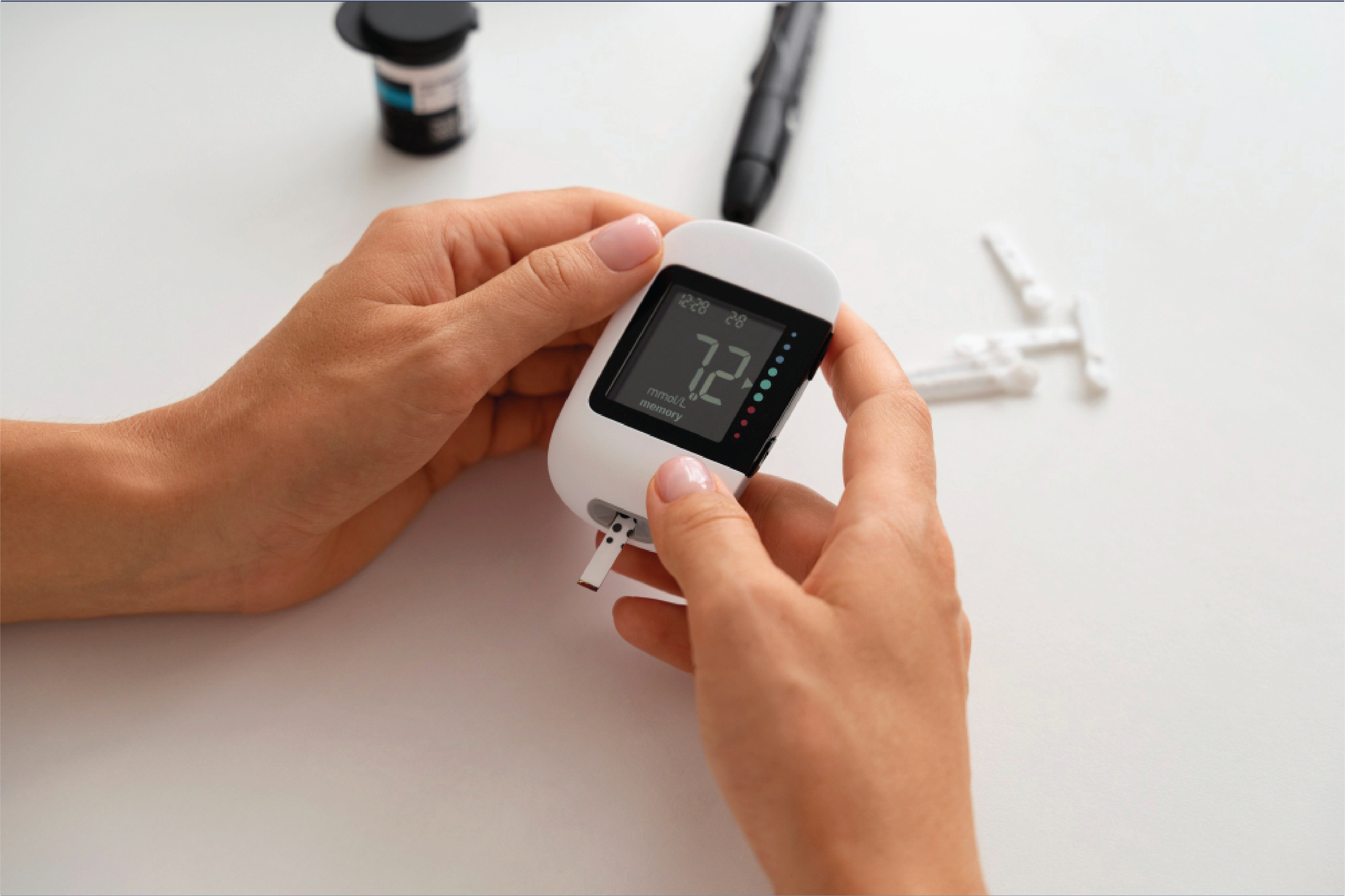Diabetes Prevention: Habits That Work
2025-07-15 Diabetes, especially Type 2, is one of the most common health issues around the globe. The encouraging news is that diabetes can often be avoided or postponed by most individuals through basic healthy behaviors. Small shifts can have tremendous benefits in the long run and especially if you have a strong family history of diabetes or are potentially at risk in other categories. This blog will outline some of the important tips to avoid diabetes, from food and exercise to understanding your risk factors and maintaining a healthy lifestyle. Diabetes occurs when there is either too little insulin in the body or the body is unable to use insulin properly, resulting in too much blood sugar (glucose). Over time, high blood sugars can lead to more severe health issues, such as heart disease, nerve injury, problems with the kidneys, and vision loss. There are two kinds: Type 1 Diabetes - Usually diagnosed in childhood; this type of diabetes is not preventable. Type 2 Diabetes - Develops in adults (and increasingly in teens). Is highly preventable. Understanding your risk is the first step to prevention. Here are some common risk factors for Type 2 diabetes: Family history of diabetes Overweight or obesity Sedentary lifestyle (physical inactivity) Unhealthy eating (highly processed and a lot of sugar/fat) Age 45 or older, High blood pressure, and high cholesterol Have had gestational diabetes (diabetes during pregnancy) If you have one or more of these risk factors, it is important to take steps to lower your risk. You have a powerful weapon at your disposal: diet. Select foods that will contribute to lowering your blood sugar and limiting inflammation. Some great foods to help reduce your risk for diabetes are: Whole grains (quinoa, brown rice, oats) Leafy greens (spinach, kale, and fenugreek) Fresh fruit (slowly due to sugar content: berries, apples, and oranges) Nuts/seeds (filberts, walnuts, chia seeds) Beans, peas, lentils, and chickpeas (chickpeas, kidney beans, and lentils) Healthy fats (olive oil, avocados) Low-fat dairy (buttermilk, curd) What to Avoid: Sugar-based drinks or snacks (sweets, pastries, colas) White rice, white bread Processed or fried food Red and processed meats Too much salt/sodium Eating balanced meals that are high in fiber and high in nutrition will ensure you keep your blood sugar stable and energy high! Regular exercise improves your body's ability to use insulin and keeps blood sugar levels down. The Best Types of Exercise to Prevent Diabetes are: Brisk walking (30–45 minutes daily Riding a bike or swimming Jogging and/or dancing Strength training 2–3 times a week Yoga and stretches for flexibility and stress management It doesn't mean you have to go to a gym; just staying active during the day (taking stairs, walking after meals, stretching at work) is very important. Excess body fat, particularly abdominal fat, will lead to insulin resistance. Reducing weight by 5 - 7% of total body weight can greatly reduce the risk of developing diabetes. Some weight management strategies include: Eat less Don't eat late in the evening Be consistent with your meals and exercise Track your progress, focus on changes in habits, not behavior. 4. Limit Sugar and Refined Carbs Sugar and refined carbs raise your blood glucose fast. Over time, it can wear out your insulin response. Try to swap out : Whole fruit for juice Brown rice or millet for white rice Whole-grain bread for white bread Just making these small changes will help to stabilize your glucose levels. Avoid sugary drinks, like soda and packaged juice. When you drink enough water, you keep yourself hydrated, and your kidneys have an easier time flushing out additional sugar. You should drink 8-10 glasses of water a day. Insufficient sleep can alter your hormones, boost hunger, and elevate blood sugar. They are ideal for adults to receive 7 – 9 hours of quality sleep. Here are some great sleep tips: Stay on a strict sleep schedule Refrain from screens one hour before bedtime Make the bedroom cool and dark Chronic stress elevates cortisol, a hormone that causes elevated blood sugar levels. It is important to learn how to manage stress, especially in the context of diabetes prevention. Here are some simple ways to combat stress: Deep Breathing or meditating Yoga or stretching Journaling or practicing gratitude Being in nature 8. Get Regular Check-Ups Early detection is essential. If you have a family history of diabetes or other risk factors, you should have your blood sugar levels checked yearly. Key tests to consider: Fasting blood glucose (FBG) HbA1c - average blood sugars over 3 months Oral glucose tolerance test (OGTT) Scheduled check-ups will allow the physician to determine warning signs early, such as prediabetes, when it is still reversible. Having a parent or sibling with diabetes may increase your risk, but it does not guarantee your future. Our genetics load the gun, but our lifestyle pulls the trigger. You can begin some healthy habits early on to more than delay - prevent diabetes, even if you have a family history. Preventing diabetes isn't about quick fixes - it's about living a long-term healthy lifestyle. Key Habits to Stick To: Eat real, whole foods Move daily Get good sleep Stay hydrated Take care of your mental health The key is to create a routine that you enjoy and can maintain. Small, daily choices add up over time. At our diabetes care clinic in Delhi, we believe most Type 2 diabetes can be prevented. You just need to be aware of some risk factors, develop healthy habits, and take control of your health. Take it step by step—eat better, move more, focus on rest and stress management. Even the smallest step today can pay off tomorrow. You have one body - take care of it! Move, eat wisely, and control your sugar.What is Diabetes?

Who Is at Risk? (Diabetes Risk Factors)

1. Eat Smart: Foods That Help Prevent Diabetes
2. Move More: Exercise for Diabetes Prevention
3. Maintain a Healthy Weight
5. Stay Hydrated with Water
6. Don’t Skip Sleep
7. Manage Stress
9. If You Have a Family History of Diabetes
10. Build a Healthy Lifestyle That Lasts
Conclusion:
.png)















